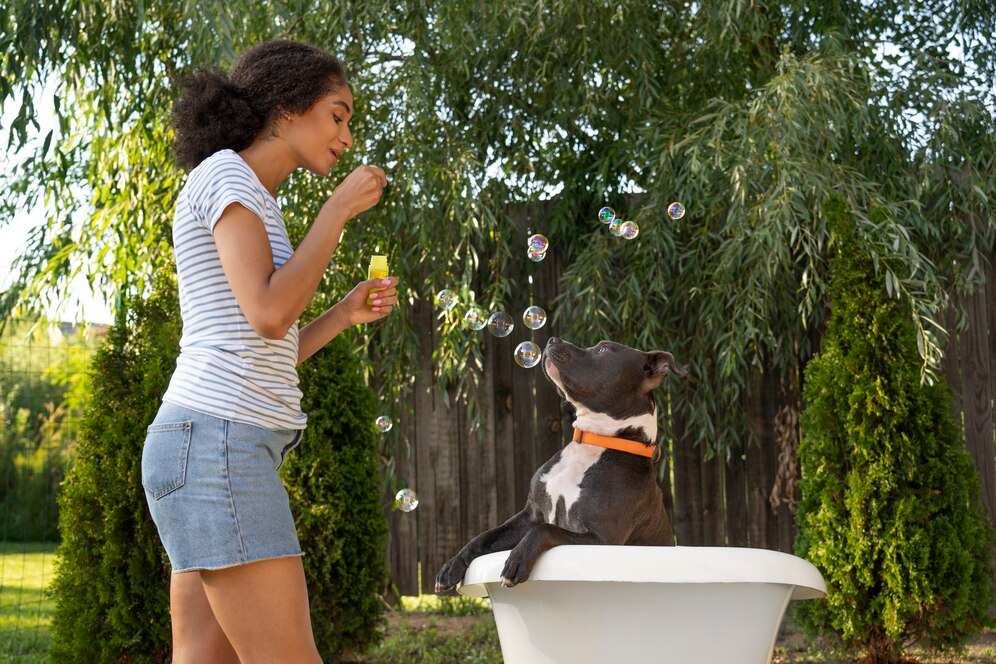The Control of Dogs Order 1992
The Control of Dogs Order 1992 is a piece of legislation in the United Kingdom that sets out specific requirements for dog owners to ensure public safety and control over their pets. This order was introduced to address concerns related to dog attacks, aggressive behavior, and irresponsible ownership.
Key Provisions:
-
Muzzling: One of the main provisions of this order is that certain types of dogs must be muzzled when in public places. This requirement applies to breeds that are deemed potentially dangerous or aggressive.
-
Leashing: The order also mandates that all dogs must be kept on a leash while in public areas, except in designated off-leash areas such as dog parks. This rule aims to prevent dogs from running loose and potentially causing harm or nuisance.
-
Identification: Dog owners are required to ensure that their pets wear a collar with identification tags displaying the owner’s contact information. This helps in quickly identifying the owner in case the dog gets lost or involved in an incident.
-
Enforcement: Local authorities and law enforcement agencies are responsible for enforcing the provisions of The Control of Dogs Order 1992. They have the authority to issue fines, warnings, or take further legal action against non-compliant dog owners.
Purpose: The primary goal of The Control of Dogs Order 1992 is to promote responsible dog ownership, protect public safety, and reduce the risk of dog-related incidents. By imposing these regulations, the order aims to prevent attacks, injuries, and disturbances caused by dogs in public spaces.
Impact: Since its implementation, The Control of Dogs Order 1992 has helped improve safety measures concerning dogs in the UK. It has raised awareness about the importance of proper control and supervision of pets while in public areas, ultimately contributing to a safer environment for both people and animals.


